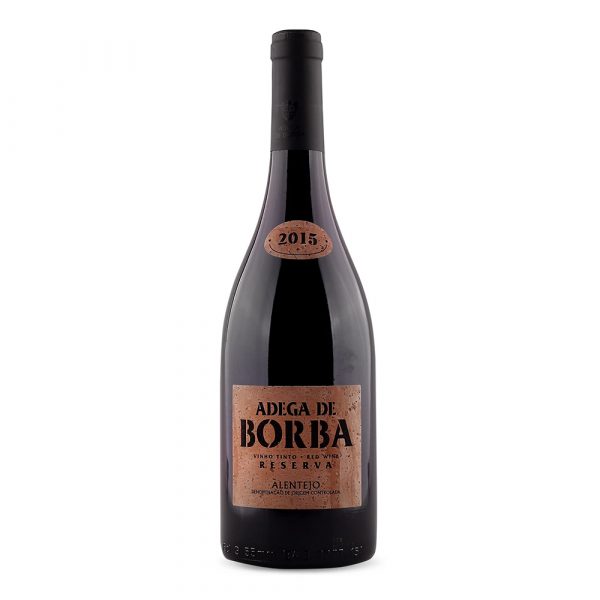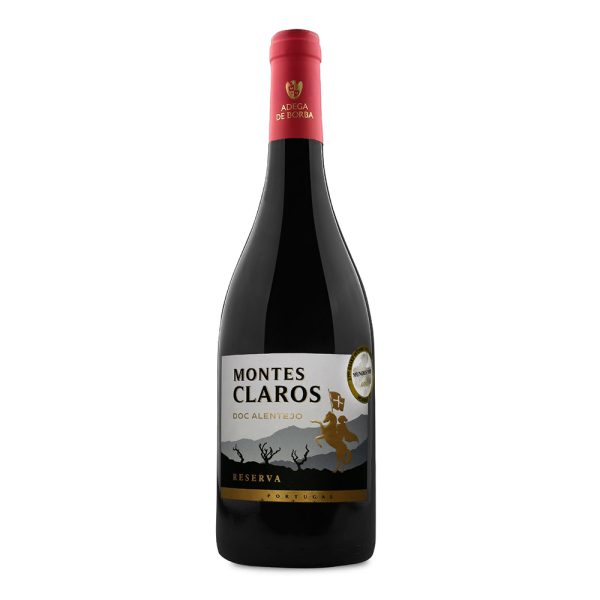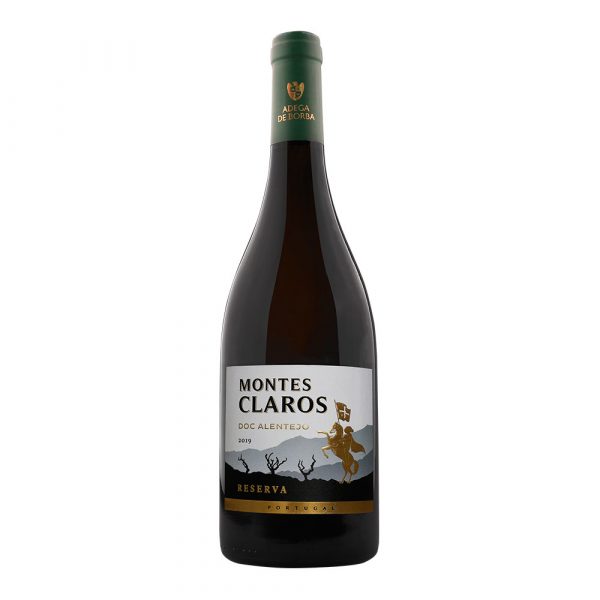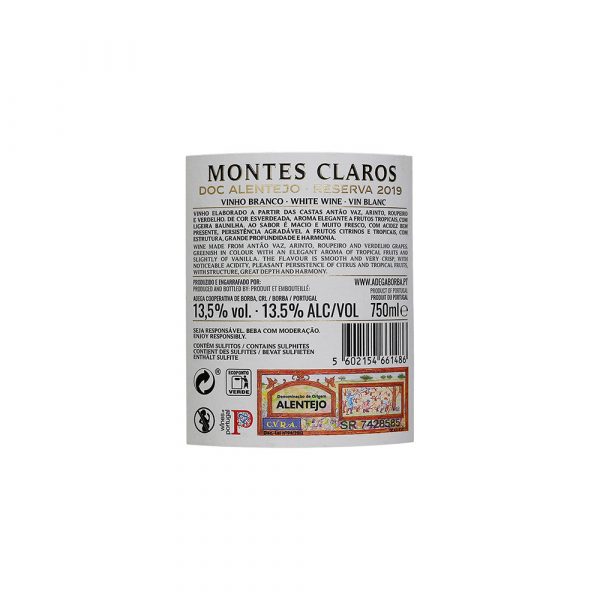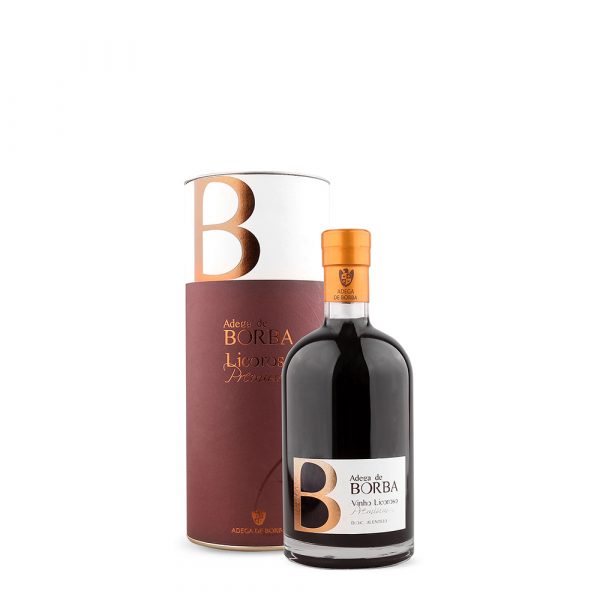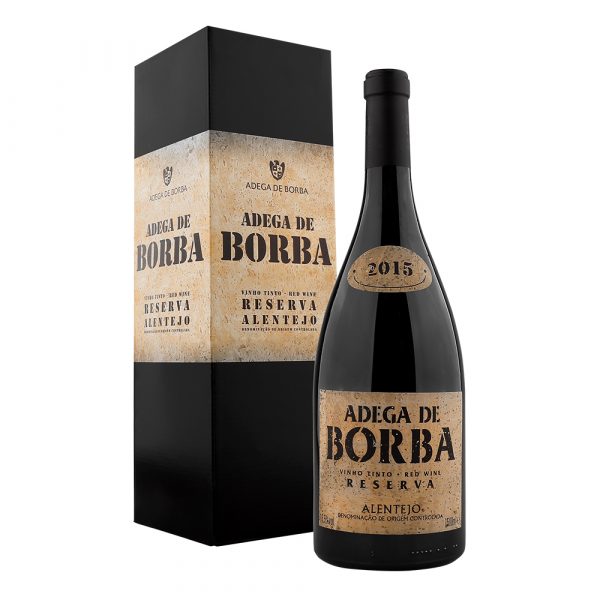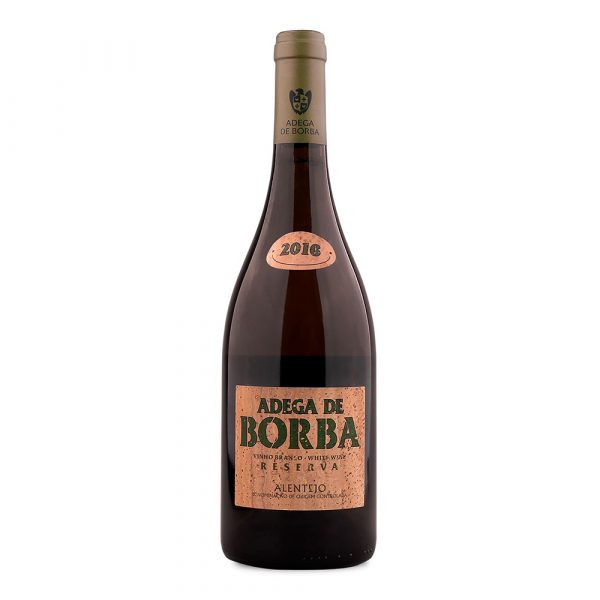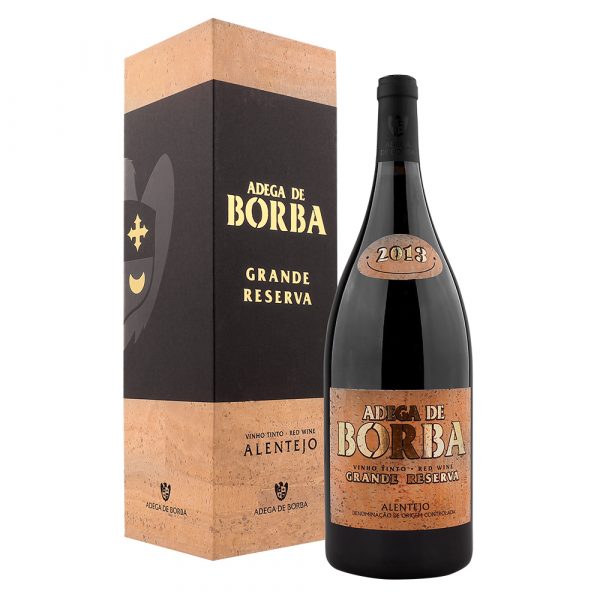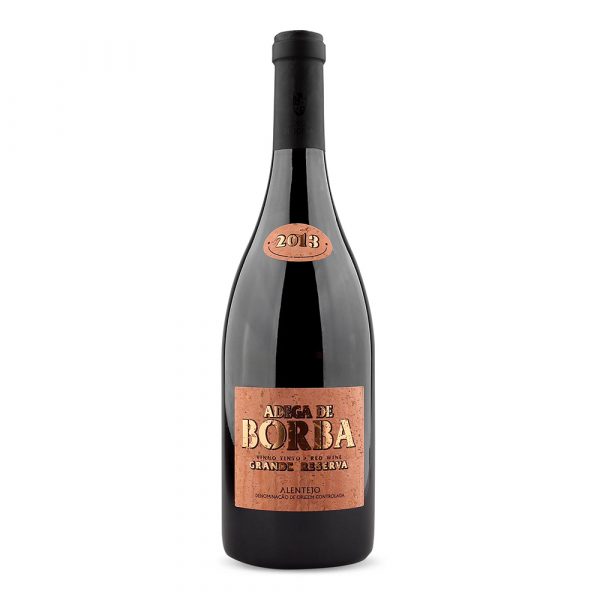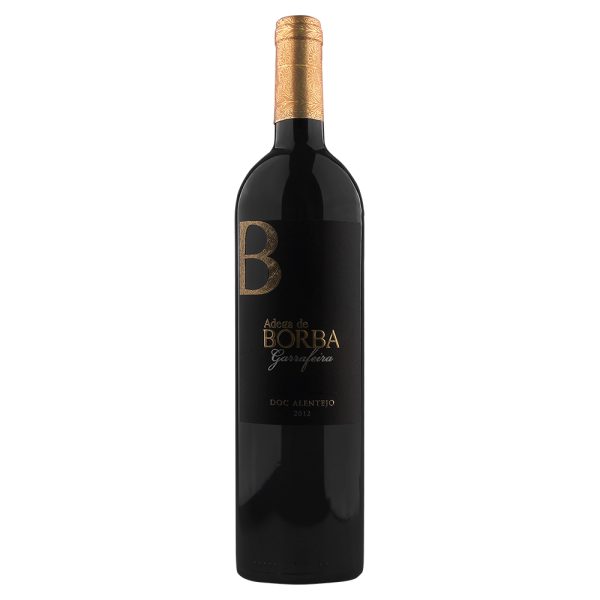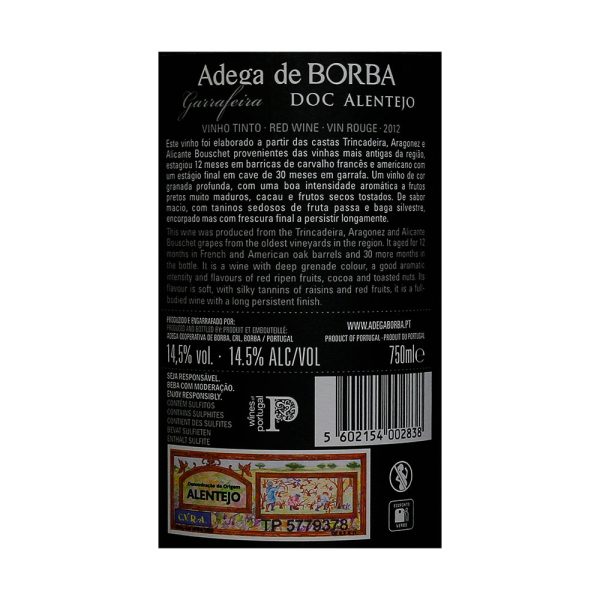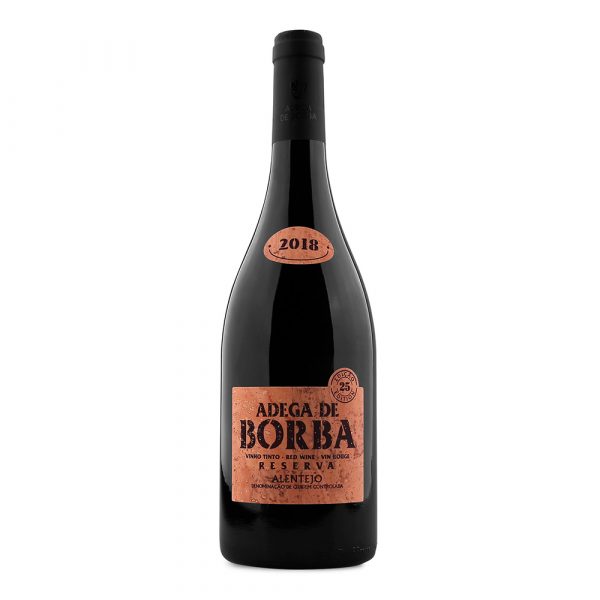Adega de Borba Reserva 3x Red
With grapes from the most typical Alentejo grape varieties produced in the sub-region of Borba, the label Cortiça wine was produced, a true ex-libris from the Adega de Borba. Coming from old vines, the grapes had a strict control in the evolution of the maturation, having been harvested in small quantities. In the Cellar, after the destemming and soft crushing of the grape, the alcoholic fermentation began, which lasted for about 10-15 days with the temperature controlled at 24ºC, for greater extraction of the aromas and fruity flavors of the grape. In order to increase the polyphenolic complexity, the tannins and the structure of the wine, it remained in the vat in a post-fermentative maceration process. The malolactic fermentation occurred later in stainless steel containers. To enhance and elevate its organoleptic characteristics, the wine aged 12 months in 3rd and 4th year barrels, French oak and exotic wood barrels. followed by a six-month bottling stage in the basement. Aroma fine and elegant, suggesting black fruits, compote and white chocolate. Contains Sulfites.
Montes Claros Reserva Red
The grapes, from previously selected vines and in general from vines over 30 years old, follow a strict control of maturation to determine the optimum height of manual harvesting. At the cellar, the grapes arrived in optimum conditions and the partial destemming and crushing of the grapes began, followed by fermentation and a prolonged maceration of 10 to 12 days, to extract the best aromas and all the complexity of the fruit. This was followed by malolactic fermentation, partly in stainless steel tanks and partly in wooden barrels. For greater complexity, structure and richness, the final blend selected aged 12 months in 2nd and 3rd year barrels of French and American oak, and 6 months in the bottle for final refinement. Clear appearance, deep garnet color. Rich and full aroma, showing aromas of jam, jam and cocoa. Soft, full-bodied and complex flavor, highlighted by notes of very ripe black fruits and robust, persistent tannins, which guarantee longevity. Contains sulfites.
Montes Claros Reserva White
Grapes from previously selected vineyards follow strict ripeness control before the harvest decision. In the cellar, the process of total destemming and light pre-fermentative maceration follows, clarification for 18 to 24 hours. Then alcoholic fermentation starts at 15ºC, followed by a light and partial aging in French oak barrels with “batônnage sur lies”. The grape varieties were accompanied separately during the stage, the final blend being made only with the best wines. Crystalline appearance, greenish to golden color. Intense, complex aroma, elegant in character, suggesting notes of tropical fruits, pineapple and light vanilla, with a subtle presence of French oak. Structured, generous, harmonious and balanced in the mouth. Soft palate, refreshing due to acidity and persistent citrus and tropical fruits in the long finish. Contains sulfites.
Adega de Borba Vinho Licoroso Premium Red
Adega de Borba Reserva Magnum Red
With grapes from the most typical Alentejo grape varieties produced in the sub-region of Borba, the label Cortiça wine was produced, a true ex-libris from the Adega de Borba. Coming from old vines, the grapes had a strict control in the evolution of the maturation, having been harvested in small quantities. In the Cellar, after the destemming and soft crushing of the grape, the alcoholic fermentation began, which lasted for about 10-15 days with the temperature controlled at 24ºC, for greater extraction of the aromas and fruity flavors of the grape. In order to increase the polyphenolic complexity, the tannins and the structure of the wine, it remained in the vat in a post-fermentative maceration process. The malolactic fermentation occurred later in stainless steel containers. To enhance and elevate its organoleptic characteristics, the wine aged 12 months in 3rd and 4th year barrels, French oak and exotic wood barrels. followed by a six-month bottling stage in the basement. Aroma fine and elegant, suggesting black fruits, compote and white chocolate.
Contains Sulfites.
Adega de Borba Reserva White
The white grape varieties recently introduced in the Alentejo wine estates demonstrate in this wine their oenological characteristics to produce quality wine in the region of Borba. The grapes coming from vineyards with moderate productivity allow to obtain a fresh, balanced and structured wine. Harvest was performed manually and in the morning so that the temperature of the grape at the entrance to the cellar is optimum. The grapes were transported in small quantities. After crushing and total destemming of the grapes, a slight skin maceration followed by pressing, decanting by the system of cold for 24 hours and alcoholic fermentation, 30% of the wine in French and American oak barrels, with strict temperature control at 15 ° C. Full, intense aroma of ripe tropical fruits and vanilla. Flavor velvety, with structure and freshness, citrus fruits and light spicy honey to predominate. Wine harmonious, long and of great balance. Contains Sulfites.
Adega de Borba Grande Reserva Magnum 2013 Red
Garnet color with red nuances. Good aromatic intensity, with emphasis on fruits of the forest, chocolate, tobacco and toast. Soft flavor, with freshness, texture of strong and unctuous tannins to fruits of the forest and spices. Silky, prolonged and persistent finish of great elegance. Contains sulfites.
Adega de Borba Grande Reserva Red
Manual harvest, degummed and fermented grapes with thermal control in a small volume stainless steel mill with a moderate mechanical step. Malolactic fermentation in new barrels selected from French oak in an air-conditioned environment, followed by a stage in new barrels for wine-wood integration, 18 months. After a gentle filtration, the wine was bottled and rested for thinning for 12 months in the basement. This wine was made from grapes from the oldest vineyards in the region of Borba, with two of the most emblematic and representative grape varieties of the region, Trincadeira and Alicante Bouschet, settled in shale soils. Color grenade with red nuance. Good aromatic intensity, with emphasis on forest fruits, chocolate, tobacco and toast. Flavor soft, with freshness, texture of strong tannins and oily to black fruits and spices. Silky, prolonged and persistent finish of great elegance. Contains Sulfites.
Adega de Borba Garrafeira Red
The grapes were crushed gently with total destemming, which was followed by the alcoholic fermentation process in a stainless steel mill, with moderate mechanical treading, ending in maceration for 10 days, under temperature control at 24ºC. The wine aged for 12 months in French and American oak barrels. After light filtration, bottling took place and a final stage in a 30-month cellar in the bottle. Deep garnet color, good aromatic intensity to very ripe black fruits, cocoa and toasted nuts. A soft flavor with silky tannins of raisin fruit and wild berry, full-bodied but with a long-lasting freshness. Contains sulfites.
Adega de Borba Reserva Red
With grapes from the most typical Alentejo grape varieties produced in the sub-region of Borba, the label Cortiça wine was produced, a true ex-libris from the Adega de Borba. Coming from old vines, the grapes had a strict control in the evolution of the maturation, having been harvested in small quantities. In the Cellar, after the destemming and soft crushing of the grape, the alcoholic fermentation began, which lasted for about 10-15 days with the temperature controlled at 24ºC, for greater extraction of the aromas and fruity flavors of the grape. In order to increase the polyphenolic complexity, the tannins and the structure of the wine, it remained in the vat in a post-fermentative maceration process. The malolactic fermentation occurred later in stainless steel containers. To enhance and elevate its organoleptic characteristics, the wine aged 12 months in 3rd and 4th year barrels, French oak and exotic wood barrels. followed by a six-month bottling stage in the basement. Aroma fine and elegant, suggesting black fruits, compote and white chocolate. Contains Sulfites.








